I have a sheet "Data". With this sheet, I am looking into the column K. If it is red in colour then I am extract the complete row and copy them to another sheet " Delay".
I am following the below code. The code does not have any error but, It just copies 4 rows of red while I have 12 rows.
Could anyone help me to find where I am wrong and what changes I need?
Sub delay()
Dim cell As Range
Dim nextrow As Long
Dim a As Double
Application.ScreenUpdating = False
a = Application.WorksheetFunction.CountA(Sheets("Data").Range("K:K"))
For Each cell In Sheets("Data").Range("K5:K" & a)
If cell.DisplayFormat.Interior.Color = vbRed Then
nextrow = Application.WorksheetFunction.CountA(Sheets("Delayed").Range("K:K"))
Rows(cell.Row).Copy Destination:=Sheets("Delayed").Range("A" & nextrow + 1)
End If
Next
Application.ScreenUpdating = False
End Sub
